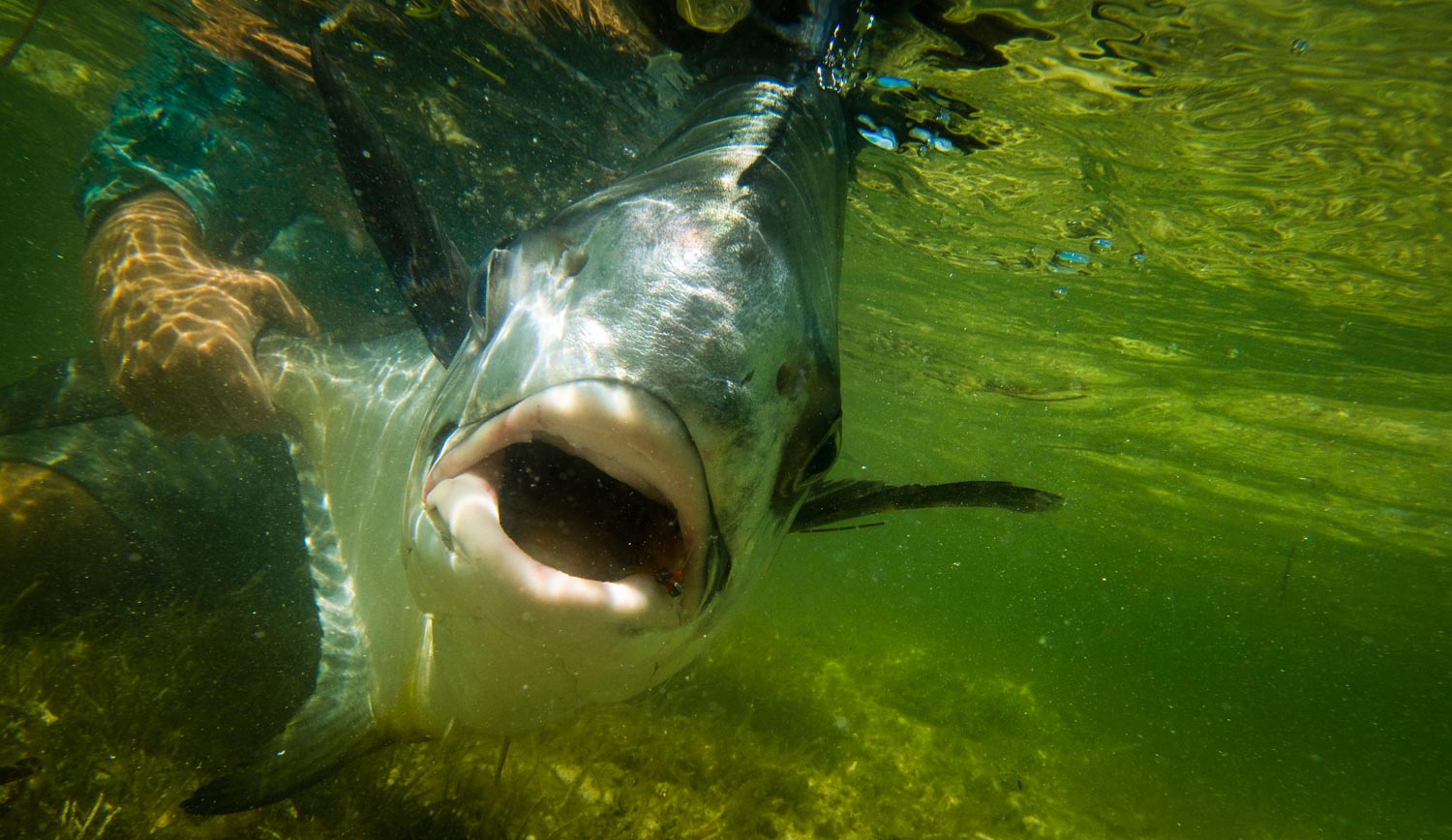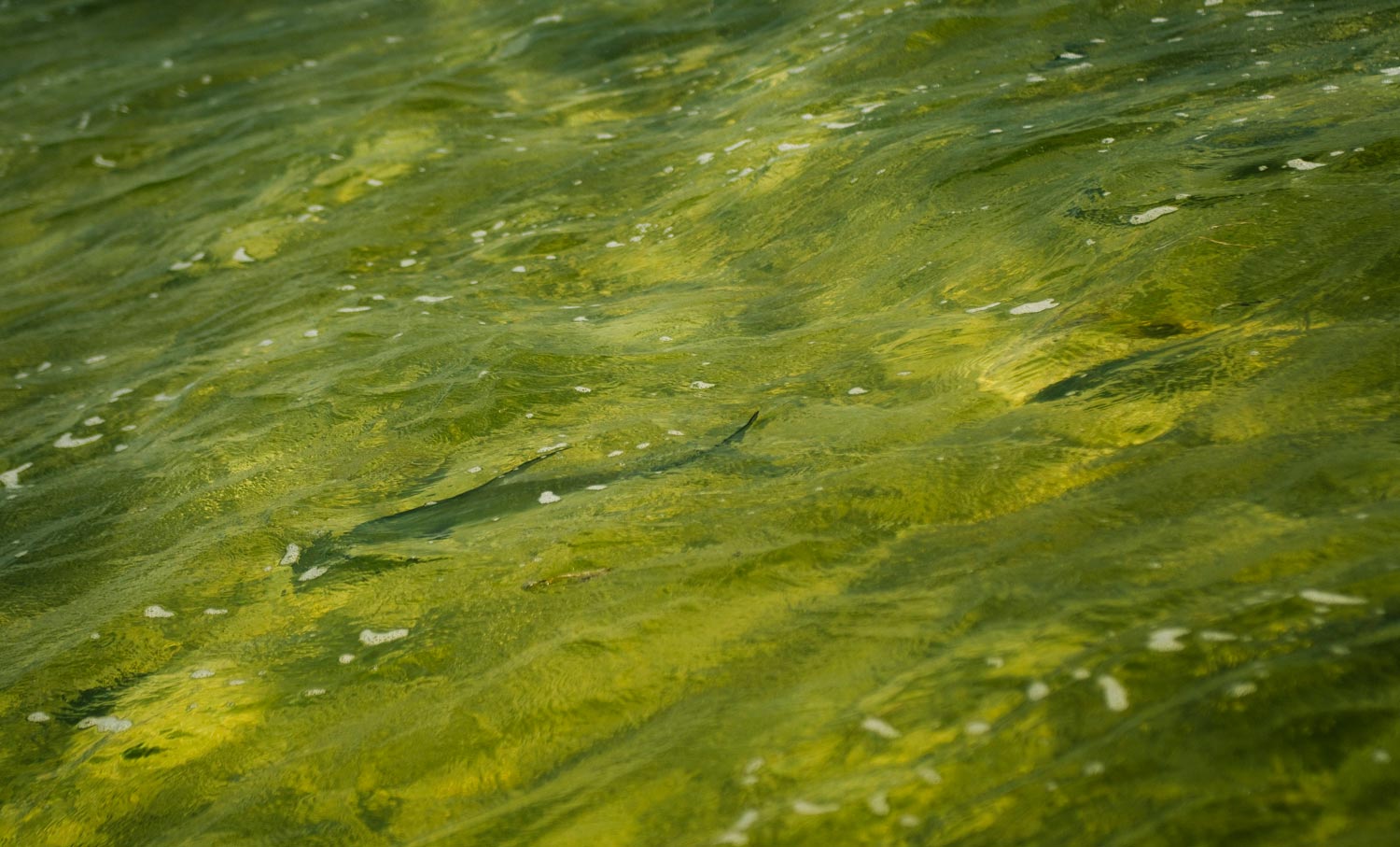By Louis Cahill
Perhaps the loftiest goal in fly fishing is catching a permit.
Maybe it’s not your thing but if there truly is a fish of ten-thousand casts, it’s the permit. There is enough to catching permit to fill a bookshelf or magazine rack. It’s a complicated game, but where it starts is simple. To catch a permit, you must find a permit. And to find a permit, the angler must know what to look for. With that in mind, here are 10 tips to help you spot a permit.
Have the right glasses
This is stupid simple but it really is the most important piece of equipment for the saltwater angler. There is no replacement for quality polarized sunglasses. Good saltwater glasses have a rosy color to the lenses. Pass on green or grey. Copper, rose or brown will offer better contrast. A lighter tint to the lens is valuable on darker days and a frame that shade your eyes is a plus. Glass lenses offer the sharpest vision and, unless you have a heavy coke-bottle prescription, that’s what I recommend.
Tails
The long, graceful forked tail of the permit is its most distinctive feature. It is black in color and stands out when the fish shows its profile. Often the permit’s broad, silver body disappears completely and it is the black double sickle tail that gives him away. This sight is never more exciting than when the tail is held up out of the water. Called ‘”tailing” this happens when the fish feeds off the bottom in shallow water. This means that the fish is actively feeding and the chances of him eating your fly are good.
Spikes
The permit’s long, sickle-shaped dorsal fin will often give him away. When the fish is riding high in the water column, it will frequently break the surface. It looks very much like a small mangrove shoot coming through the water. Unlike the mangrove, however, it will bob up and down and move from place to place as the fish hunts for crabs and shrimp.
Profile
The permit’s profile is distinctive but often hard to make out. The bulk of the fish’s body is highly reflective, giving him an effective camouflage. While most of his profile disappears in the water there are tell-tale signs. The permit’s tail, dorsal fin and back are black or dark in color. The two sickle shapes of tail and dorsal connected by a thin black line are what you will see.
Mick Jagger Lips
When the permit is swimming straight at you it’s his lips that will give him away. They are full and round and white. They almost appear to glow. Like Mick Jagger in glow-in-the-dark lipstick. It’s hard to miss.
Movement
Permit look like they are hauling ass even when they aren’t. They are built for speed and it shows in the shape of their body. Movement is often the first thing your eye will notice. Permit are usually on the move but don’t assume that will be the case. In spots where there is a good current they will sometimes hold like a trout.
Pushes
The permit’s tall body and blunt nose displace a lot of water. Often the only sign they are present is the wake, or push, caused on the surface of the water when they swim. This is especially valuable in low evening light when glare on the water obscures what is below, or when the tide is low, forcing the fish closer to the surface.
Muds
Permit feed heavily on crabs which take refuge in the turtle grass or soft bottom. As the fish roots around after these crabs, it stirs up the mud which clouds the water. These muds are small, a couple of feet around, and often appear several places on a flat as the fish moves. They are not as dense as the muds caused by rays, or as large as the ones made by schools of mullet or bonefish.
Flashes
Feeding fish will often catch the light and flash like a mirror in the water. The permit’s large flanks are hard to miss when this happens. This is also a good sign that the fish is feeding and may take a fly.
Rays
Permit and other fish will swim in the wake of a stingray. By shadowing the ray they are able to catch the crabs and shrimp that the ray spooks out of their hiding places. You will see them a couple of feet behind the ray, darting to one side and then the other chasing down their fleeing prey. This is a very aggressive feeding mode and a great chance for a hook up. Drop your fly right on the rays back and give it a short strip, fast retrieve and hold on.
Catching a permit starts with seeing a permit. Keep these tips in mind and before you know it you’ll be seeing permit everywhere. Some of them will be real!
Check out my 12 Tips for Spotting Bonefish!
Come fish with us in the Bahamas!
Louis Cahill Gink & Gasoline www.ginkandgasoline.com hookups@ginkandgasoline.com Sign Up For Our Weekly Newsletter!


Mick Jagger lips, love it! Great pic of it too.
I would like nothing more than to catch a permit, just don’t know if my wallet can handle my multi attempts. Where in the world are your chances best to achieve such a goal? It is definitely on my “bucket list’ !